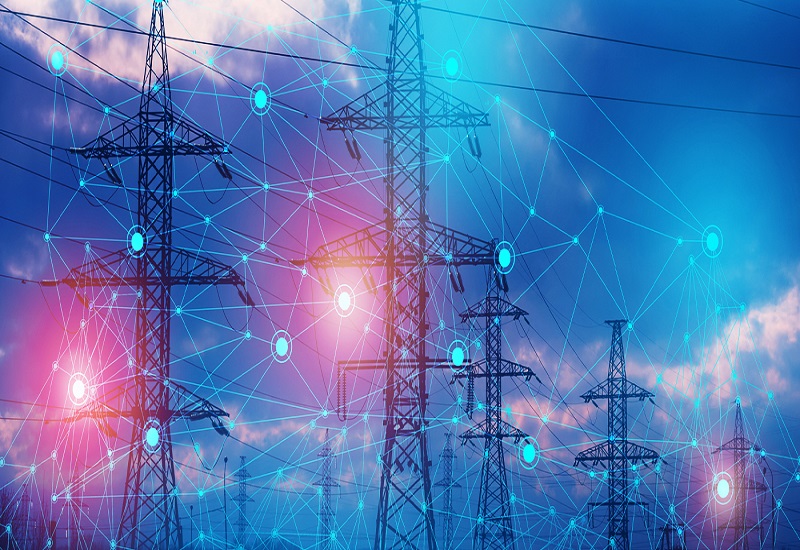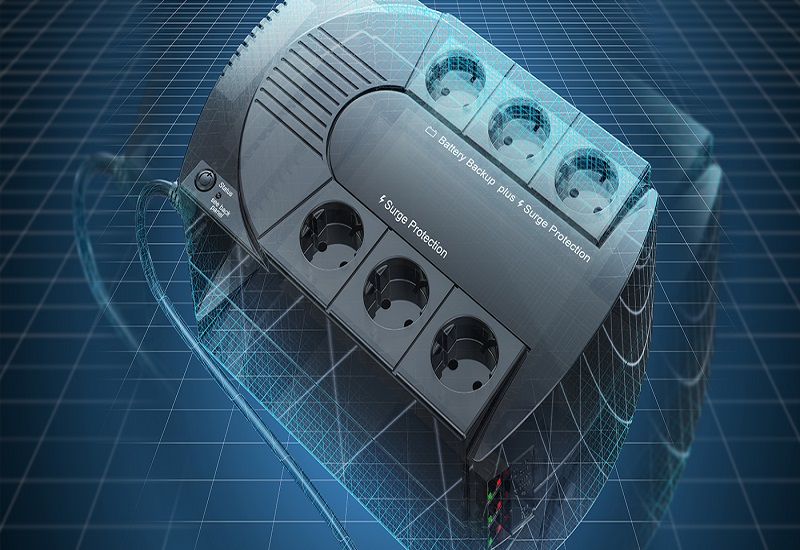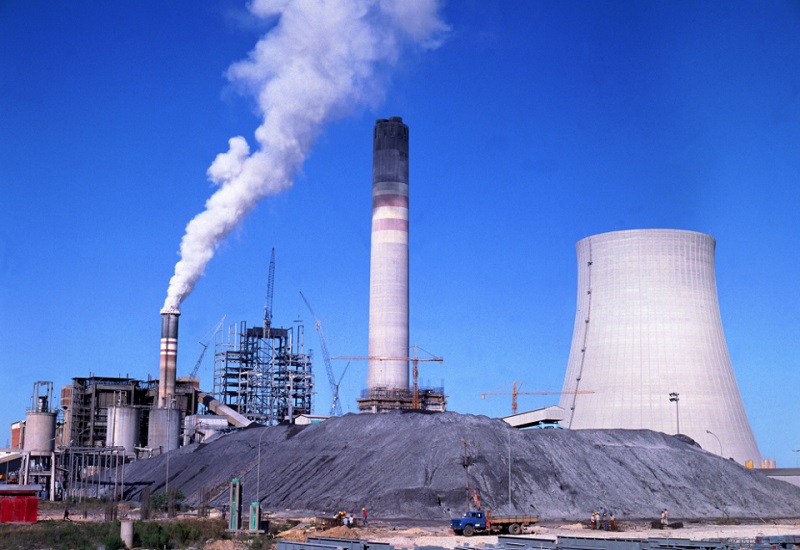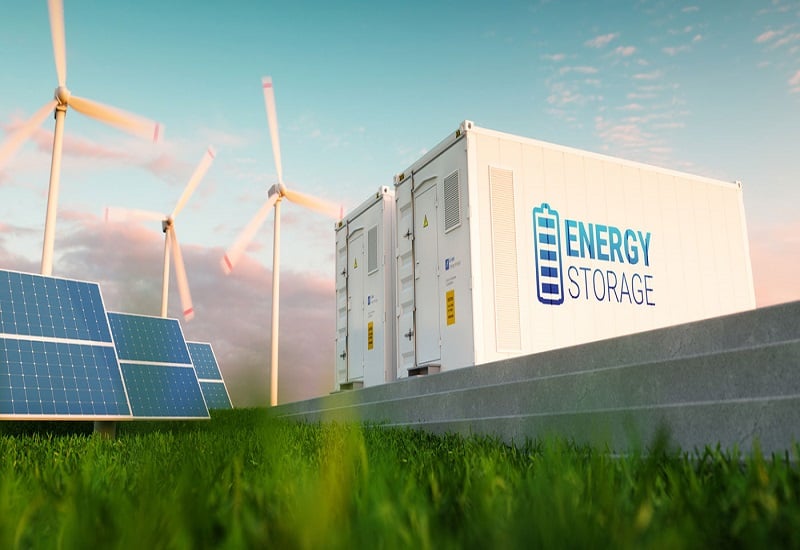






What are the potential roles and impacts of hydrogen, liquefied natural gas (LNG), and carbon capture, utilization, and storage (CCUS) on this sector? Explore the equipment revenues and capacity forecasts for turbines and generator sets, along with the adoption of advanced service offerings.

Which are the major regions for transmission equipment adoption globally? What are the growth opportunities for manufacturers? What are the key drivers and restraints impacting the industry demand? Find out the answers to these questions and more in this research.

Examine how modular UPS will grow at a faster rate than that of monolithic UPS from a technology standpoint. Analyze how data centers account for the largest share of the global UPS revenues, and identify key factors that will drive the industry and major end-user segments.

Agents are the front lines in handling customer emotions. Often when customers call, they have already exhausted poorly designed self-service options and are frustrated by the time the agent takes the call. The COVID-19 pandemic accelerated the need for work-at-home agent (WAHA) models and self-service to assist with rising call volumes. As a result, companies are rethinking the balance of self-service and live agents. However, companies are not seeing how crucial employees are to CX. Employee retention is still a low priority across industries.
Contact centers faced unprecedented obstacles last year. With remote work, peer support was lost, and remote training proved difficult without the right technologies and software. Having agents deal with sensitive data when they work from home without implementing security measures to protect customers has been particularly problematic. And creating and managing COVID-19 protocols is challenging for those who are on-site.
Schedule a dialog or email us at myfrost@frost.com to connect with an industry expert at no charge. We are taking unprecedented action to make our team available to help you cut through the media and politics to get factual one-to-one guidance for the issues and opportunities that matter most to your business.

Which players are offering air quality monitoring and air purification solutions?
Read more Request Info
Which companies are making a significant impact on the innovation agenda for CCUS?
Read more Request Info
What are the challenges faced by participants in this highly competitive scenario?
Read more Request Info
Examine negative emission technologies such as Bioenergy CCS and Direct Air CCS
Read more Request Info
What are the creative service offerings in this FM sector?
Read more Request Info
How is the growth of key segments in terms of systems and revenues?
Read more Request Info
Analyze battery chemistries like lithium-ion, sodium-ion, and more
Read more Request Info
What are the key growth drivers and restraints impacting this industry?
Read more Request InfoThe Indian e-waste management market owes its existence to the domestic IT industry. Since its inception in the late 1960s, the Indian IT services sector has been going from strength to strength, witnessing accelerated growth as the world started taking notice of Indian IT talent in the early 2000s. Two decades later, India is a leading global destination for IT and IT-related services with the industry contributing ~8.0% of India’s GDP, according to IBEF (India Brand Equity Fund).
Read more
India is heavily reliant on fossil fuels, mainly coal, for power production, though its per capita CO2 emissions are relatively low at only 1.9 tons as compared with the world’s largest carbon emitters China and the US at 7.41 tons and 15.5 tons, respectively. Given its growing economy and heavy reliance on fossil fuels, the country has moved at a rapid pace in recent years to increase the share of renewables, mainly solar and wind, in its power production in order to reach its Paris COP21 goals of reducing carbon emissions by 33%-35% by 2030 from 2005 levels.
Read more
The latest announcement from the COP26 climate summit that over 40 countries are committing to stopping investment in new coal, both domestically and internationally, and to begin phasing out coal is welcome news, but there are several key flaws with the pledge. Frost & Sullivan forecasts that electricity from coal-fired power generation will halve from 8,000TWh in 2020 to 4,000TWh in 2040, and because of the rise of renewables, its percentage share will fall from 29% to 9%.
Read more
The 12th edition of Frost & Sullivan and The Energy and Resources Institute (TERI)’s Sustainability 4.0 Awards took place virtually on Jan. 12, 2022. The awards recognized companies embedding sustainability with economic value creation, thereby creating value for all stakeholders, building a safer environment, and ensuring a stronger community.
Frost & Sullivan’s recent analysis finds that the digitalization of power distribution and retail companies will continue to accelerate this decade. By incorporating cloud computing, big data, analytics, and Internet of Things (IoT) solutions, utilities and retailers are transforming their businesses beyond commodity selling. Frost & Sullivan finds that digital investments are directed toward three main areas: enhancing customer service, optimizing grid operations, and developing connected businesses.
The need to tackle climate change is crucial, and companies must act. Chief executive officers (CEOs) worldwide are exploring decarbonization strategies to transform how businesses operate and mitigate the risk of carbon exposure. This involves adopting new technology-led solutions and business models that can reduce operational carbon footprints and deliver profitable business growth.
Read more